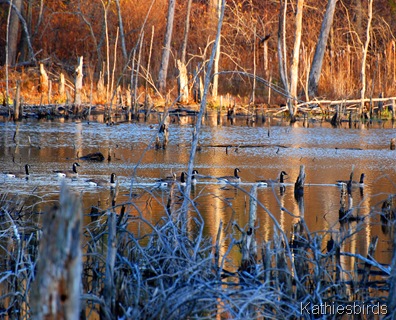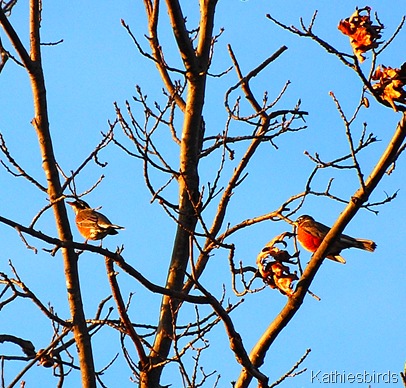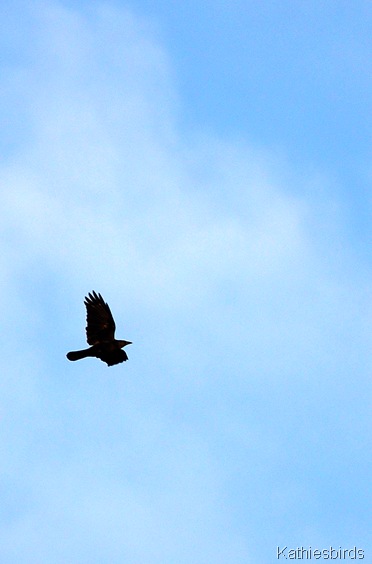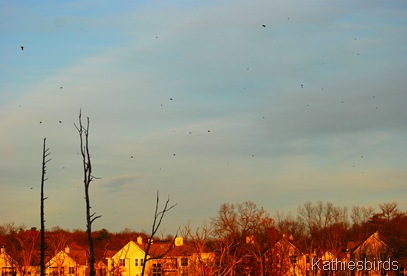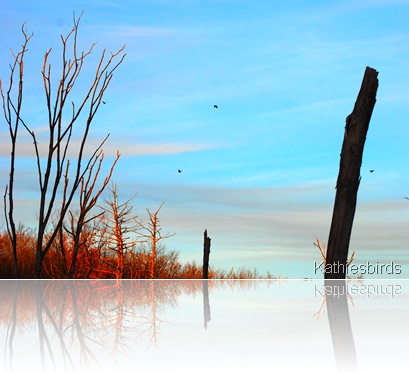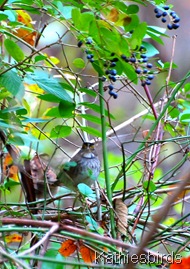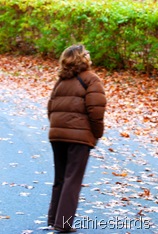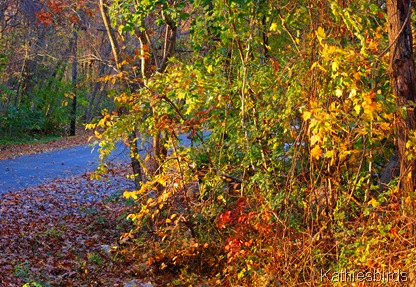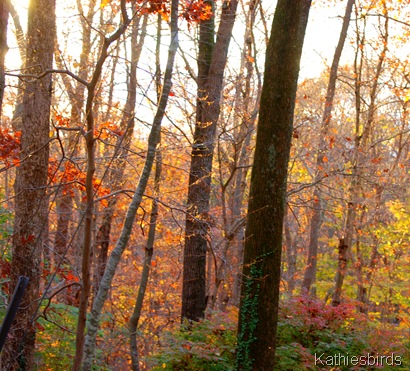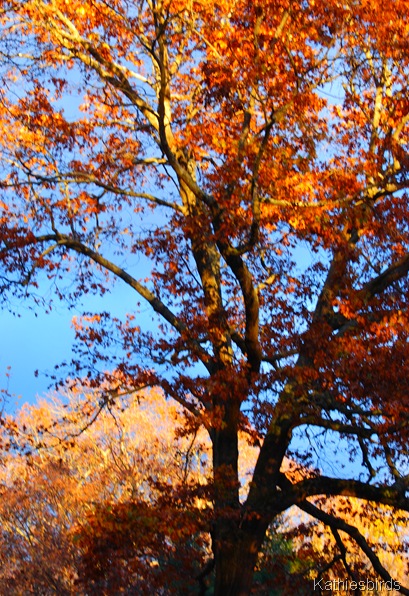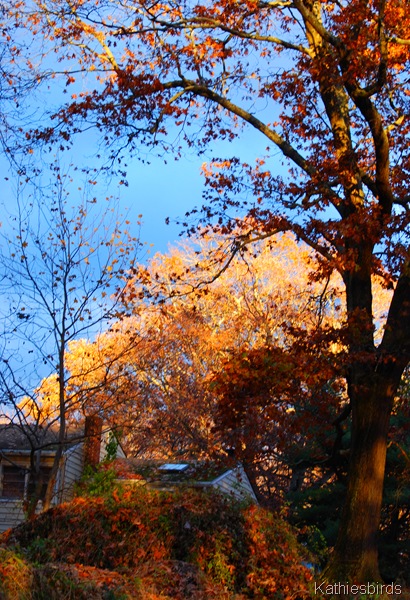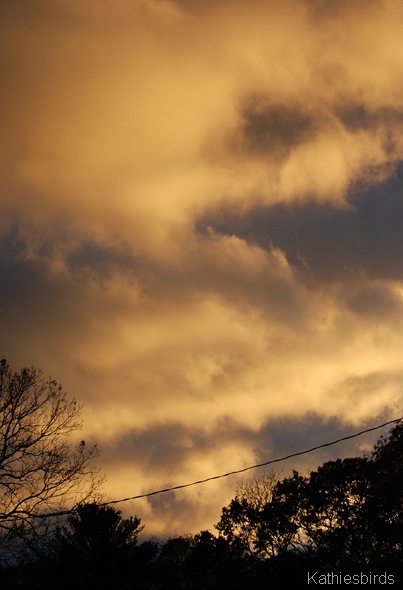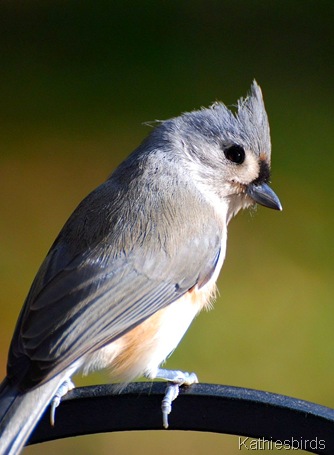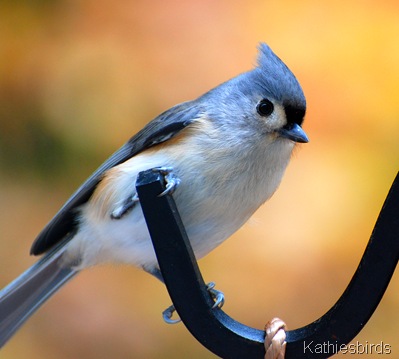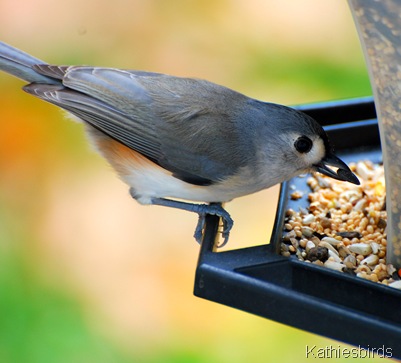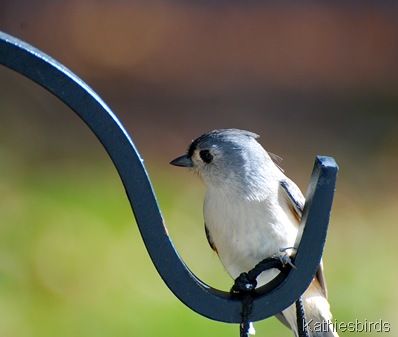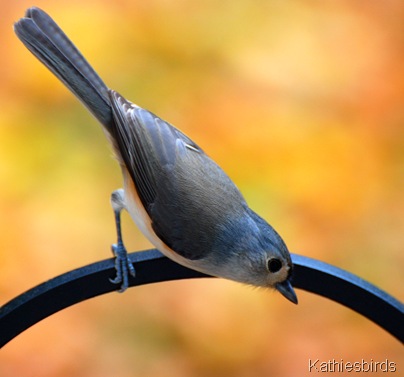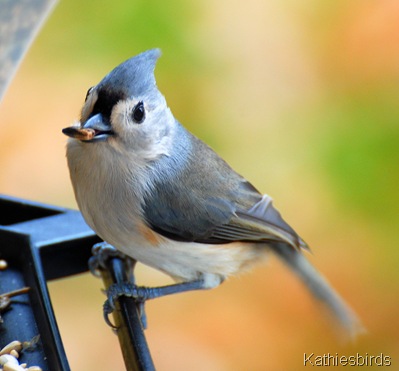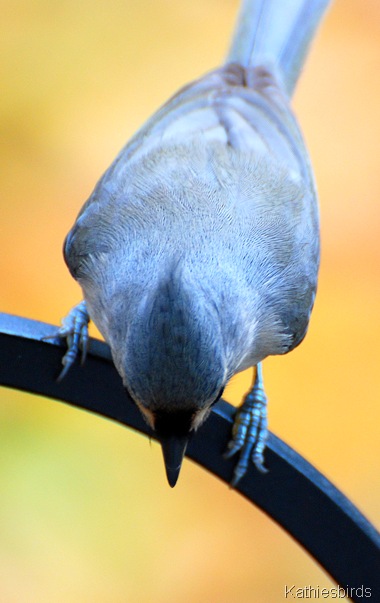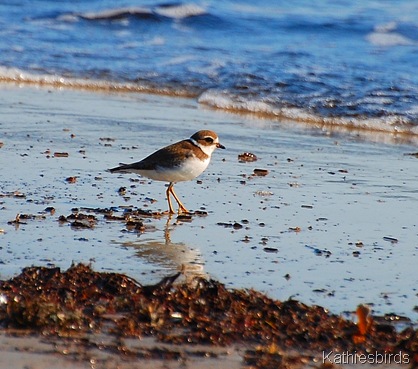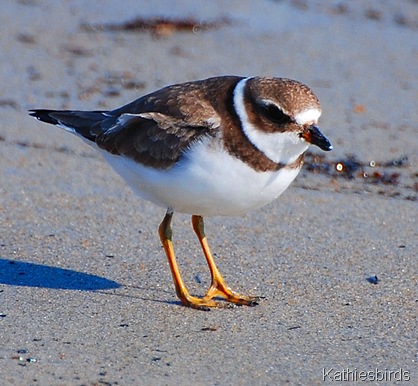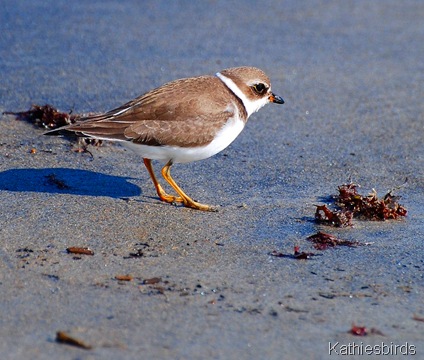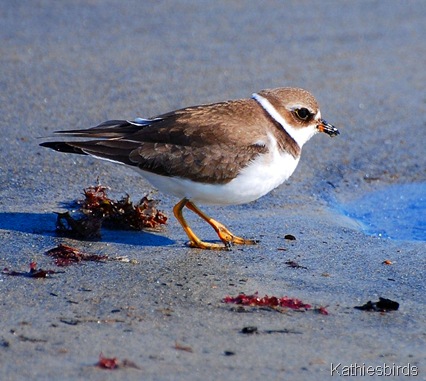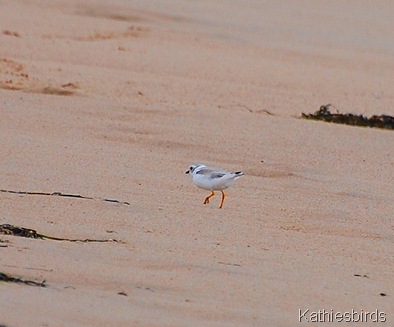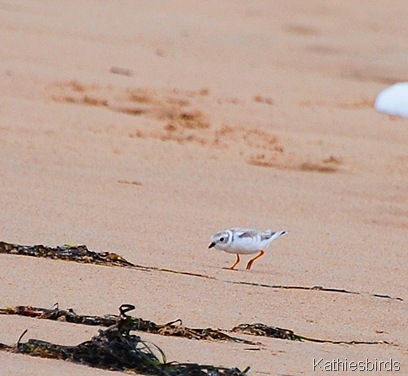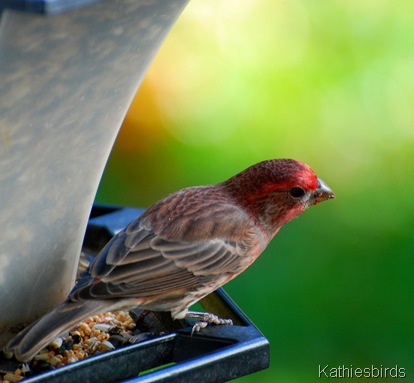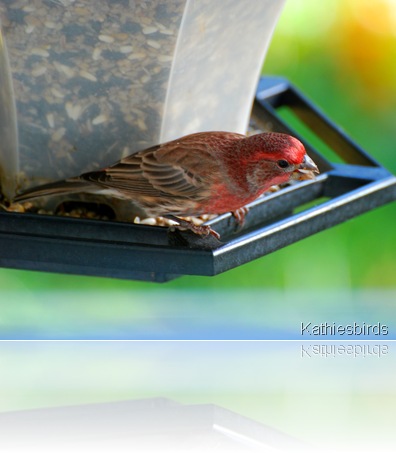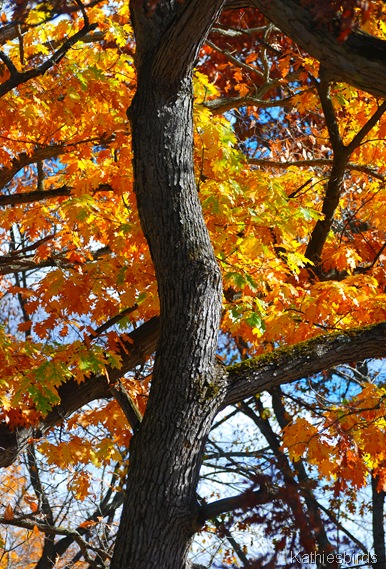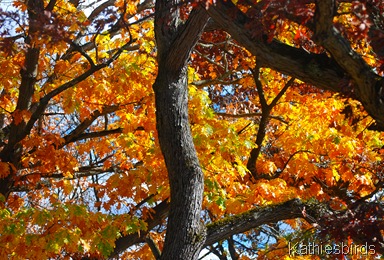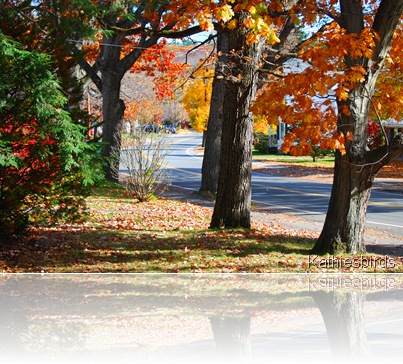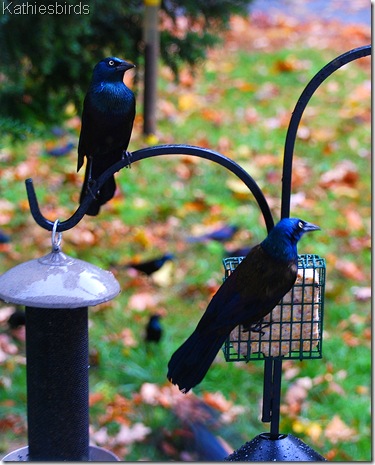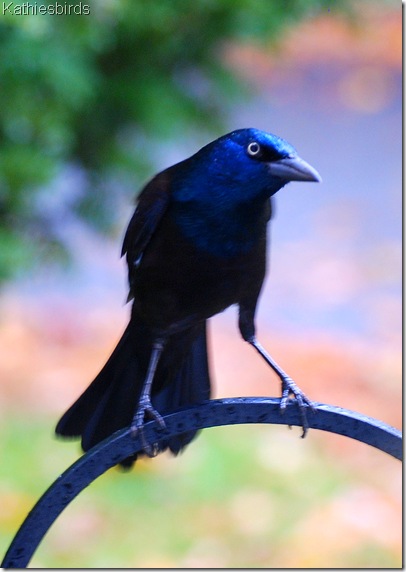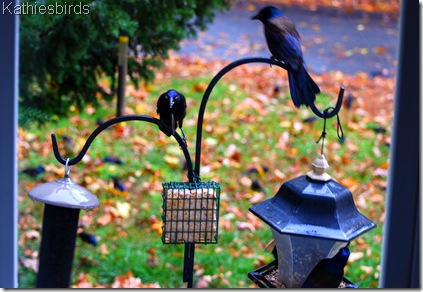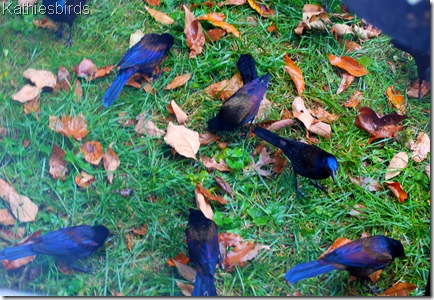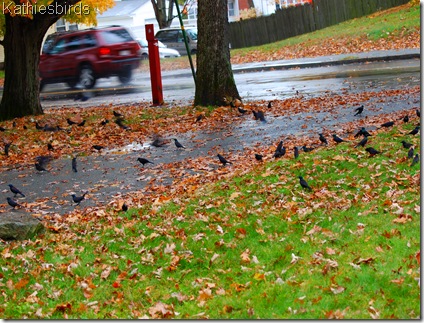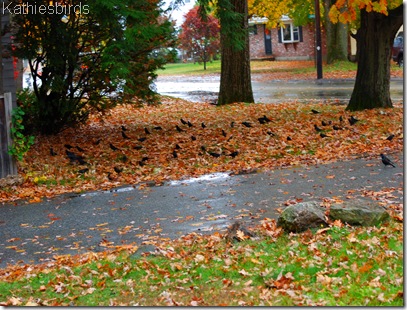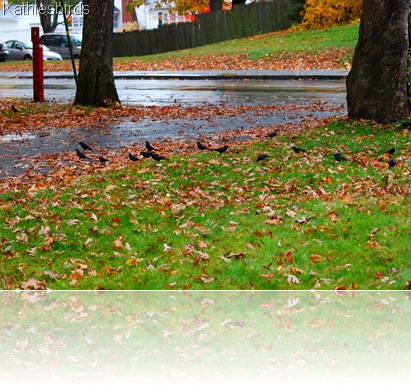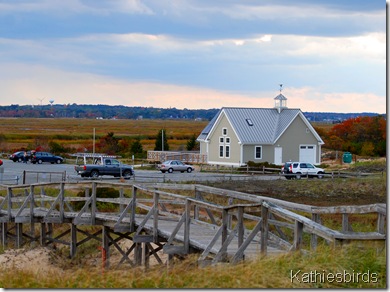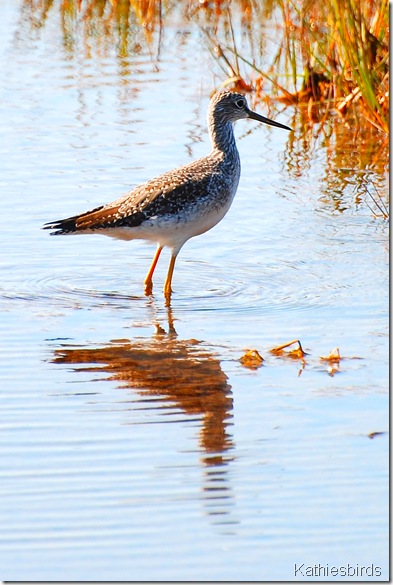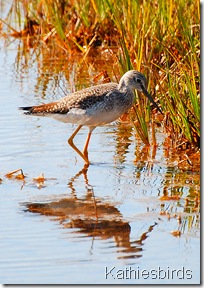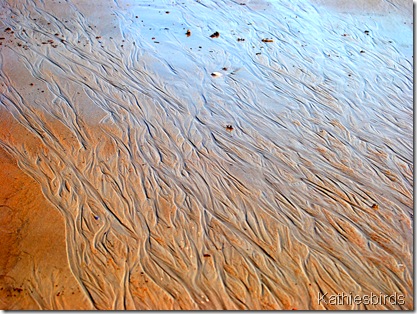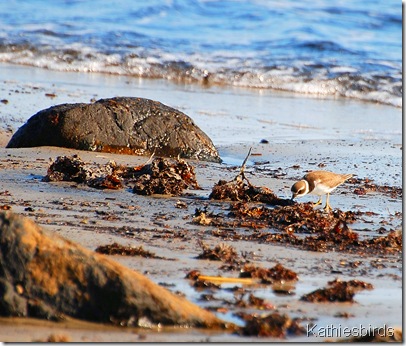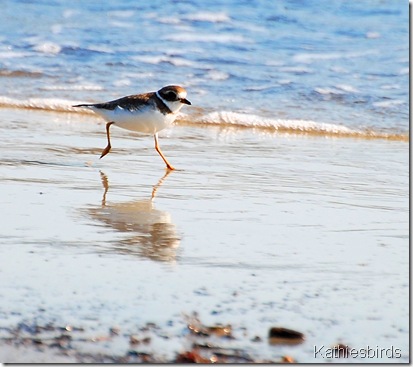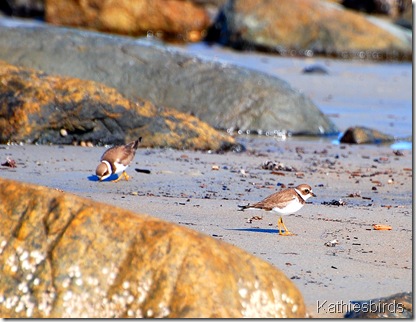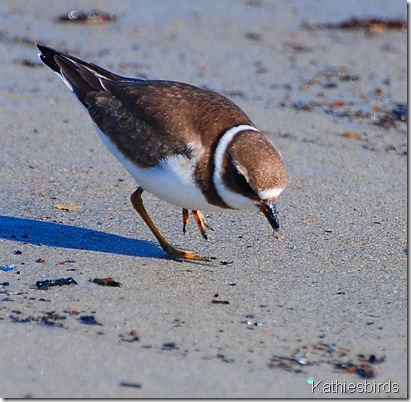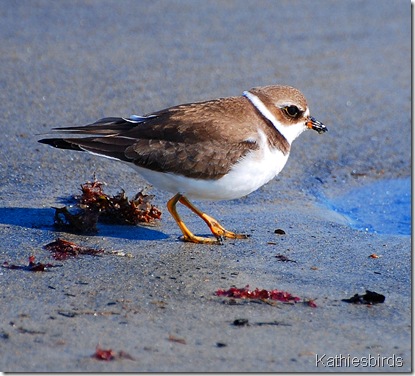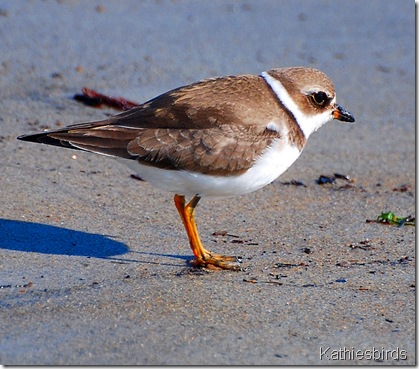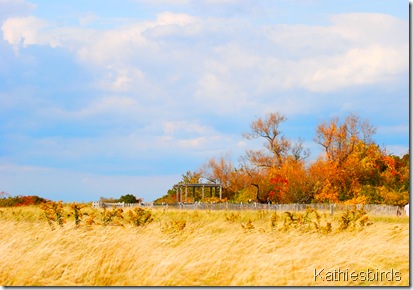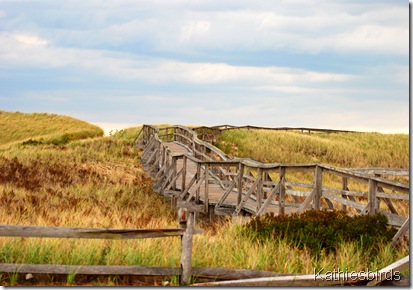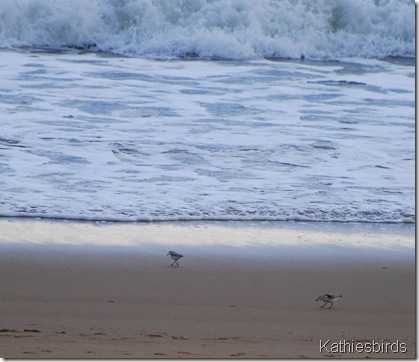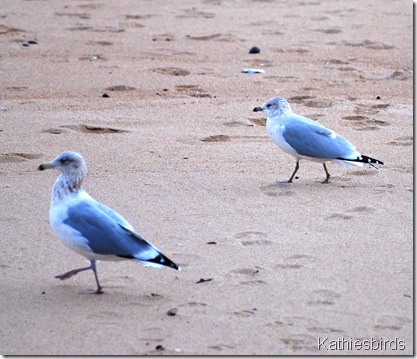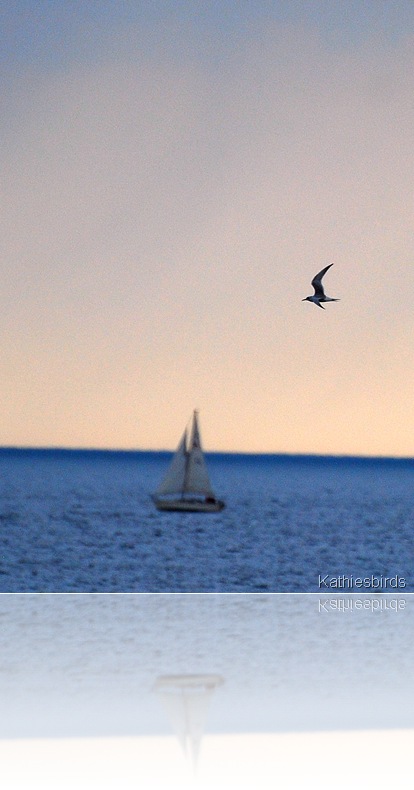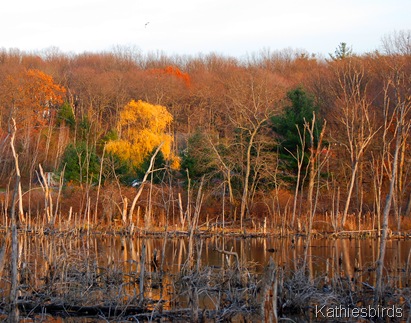
Stirling Bog 11-18-10
The last leaves of autumn have fallen in the bog. Only a remnant cling stubbornly to the branches. In the fading light of autumn the silver trunks shimmer gold, but it is false color, for the bog has fallen silent with the temperature drop.
Two weeks ago I was at the bog when geese and ducks floated peacefully in its chilly waters.
Yesterday I went there to do my bird count and the bog was covered with a thin layer of ice. I counted 100 Mallards here on November 26th. Yesterday there was not a goose or duck in sight!
Still, I am seeing new birds at the bog with almost every visit. The bog has cast its spell over me with its silver stumps and silver water, cold and clear and now, stiff. I am wondering if the bog will freeze for good for the winter. I am wondering if I have seen my last duck or goose here until spring. This is the benefit of doing a Site Survey for it lets us know over time how the bird populations change.
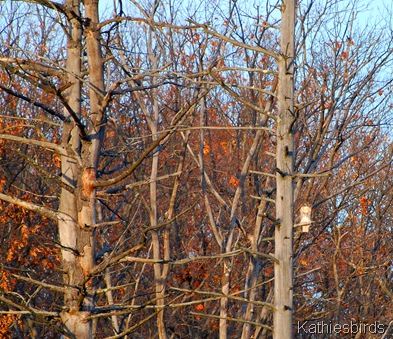 There is a Red tail hawk that likes to hang out here at the bog. I see it either perched or soaring almost every time I visit. It rests on a branch like a king on his throne but yesterday I watched as 4 crows mobbed the Red-tail as it soared across the bog.
There is a Red tail hawk that likes to hang out here at the bog. I see it either perched or soaring almost every time I visit. It rests on a branch like a king on his throne but yesterday I watched as 4 crows mobbed the Red-tail as it soared across the bog.
On November 18th when I went to count birds it was at the end of the day. The sun sets early now that we have switched to Eastern Standard Time. By 4:15 P.M. it is dark most days. With the darkness comes the cold and if I want to get out and see birds I must get up early and go out by noon. The sun does not wait for me to be ready!
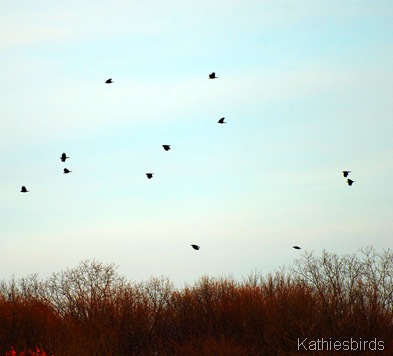 As the sun dropped lower in the sky a steady stream of crows came flying overhead.
As the sun dropped lower in the sky a steady stream of crows came flying overhead.
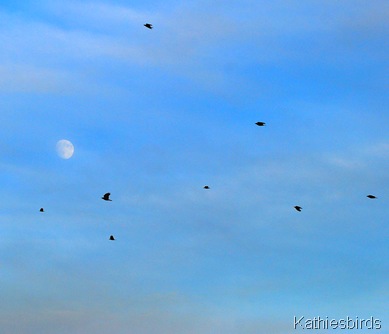 I counted wave after wave of birds, 50, 100, 200, and more!
I counted wave after wave of birds, 50, 100, 200, and more!
They kept on coming in tattered lines and they never stopped coming. I counted 500 crows flying over the bog from southwest to northeast.
I finally gave up but continued to watch crows streaming across the pink laced sky as I walked home.
and
Hosted by
T.R.Ryan From the Faraway, Nearby.
Thanks TR!
Bird seen at the bog so far:
- Red-tailed Hawk 9-30 2010
- Red-bellied woodpecker
- American Crow
- Palm warbler
- Northern Flicker
- Lincoln’s sparrow
- Yellow-rumped warbler
- Eastern Bluebird
- Downy woodpecker
- White-breasted Nuthatch
- Chipping sparrow
- Blue Jay
- American Robin 10-13-2010
- Black-capped Chickadee
- Dark-eyed Junco
- Canada Goose
- Carolina wren
- Tufted Titmouse
- Northern Cardinal 10-25-10
- American Goldfinch
- Song Sparrow
- Cooper’s Hawk
- Mourning Dove
- Mallard
- House sparrow
- Common Grackle 11-2-10
- Golden Crowned Kinglet
- Green-winged Teal 11-12-10
- Northern Mockingbird
- American black duck 11-18-10
- White-throated sparrow 11-27-10
On a Personal Note: I am sorry I have been away for so long. A lot is going on right now and I cannot post about it yet. I miss all of you, my blogging buddies! Happy Belated Thanksgiving! I did think of you amidst the chaos. I had my grandkids here for 3 days and returned them to Maine on Saturday. Now I need to restore order to the house!
